Do you ever wonder how animals communicate with each other through words? Have you ever wanted to play and imitate their sounds to feel closer to nature? Learning animal calls is not only a wild and fun activity, but it also opens up a whole new realm of knowledge and appreciation for the animal kingdom. By understanding their calls, you can discover the names of different species, practice your language skills with books, and even help young children with language difficulties in different places.
Imagine exploring national parks or playing on a farm while effortlessly mimicking the sounds of various animals. With engaging apps like Papumba or Aftershokz’s animal sound gallery, learning animal calls has never been easier or more exciting. Whether you’re a baby discovering the world for the first time or an adult looking to enhance your outdoor experiences, this guide will show you how to start mastering animal calls in a simple and enjoyable way. Plus, you can even practice with books about animals, pet names, and places to further enhance your knowledge and skills.
So why wait? Let’s dive into the wonderful world of animal sounds and unleash our inner wildlife enthusiasts, whether we are babies, pet owners, or avid readers of books about animals!
Importance of Teaching Children Learnable Animal Sounds
Teaching children animal sounds is not just a fun game; it also plays a significant role in their cognitive and language development. By introducing young children to the calls of different animals, we can help them expand their vocabulary, enhance their speech skills, and foster a love for animals and the natural world. Moreover, understanding animal sounds can be crucial for children’s safety in certain situations, as it allows them to identify potential dangers. Learning these words can be particularly beneficial for babies, as they face difficulty in expressing themselves. Additionally, reading books about animals can further support their language development.
1. Developing Cognitive and Language Skills
Learning animal calls at an early age provides an engaging way for us to explore the world around us. When we hear animal sounds, it triggers our curiosity and encourages us to ask questions. This interaction helps develop our cognitive abilities as we learn words, recognize patterns, and make connections between the sounds we hear and the corresponding animals in books.
Furthermore, teaching children about animal calls contributes to their language development. By associating specific sounds with corresponding words, kids expand their vocabulary and improve their speech skills. They learn new words such as “roar,” “tweet,” or “moo” while having fun imitating these sounds themselves. This is especially important for us at Papumba as we aim to provide educational and engaging content for children.
2. Fostering Love for Animals and Nature
Understanding animal sounds from an early age can instill a deep appreciation for the natural world in young minds. As children learn about different species through their calls, they begin to form connections between these creatures and the environments they inhabit. This knowledge creates a sense of wonder about the diversity of life on our planet. At Papumba, we believe that teaching children about animal words helps them develop a love for nature.
To make learning even more exciting, parents can take advantage of technology-driven resources like the papumba app or sound galleries that offer immersive experiences with papumba animal noises. These interactive platforms provide a virtual journey into the papumba wild where little ones can discover various papumba calls while playing games or exploring virtual national parks.
3. Ensuring Safety in Certain Situations
Apart from its educational benefits, understanding animal sounds is essential for ensuring children’s safety in specific scenarios. For instance, when visiting a national park or encountering wildlife in the outdoors, kids need to be aware of the sounds that different animals make. This knowledge enables them to identify potentially dangerous situations and take appropriate precautions.
Teaching children about animal calls can also be helpful in everyday life for us. Many families have pets, and understanding their vocal cues allows kids to communicate better with their furry friends. By recognizing the sounds associated with hunger, playfulness, or discomfort, children can respond appropriately and ensure the well-being of their beloved companions.
Practical Tips for Identifying Animal Calls
Familiarizing yourself with animal calls is a fascinating way to connect with the natural world around us. Whether you’re a nature enthusiast, a parent looking to engage your little one in learning, or simply curious about the sounds of the animal kingdom, understanding and recognizing animal calls can be an exciting journey. Here are some practical tips to help you learn how to identify different animal calls.
Listen to Recordings or Join Guided Nature Walks
One of the best ways to start learning about animal calls is by immersing yourself in their sounds. Listening to recordings or joining guided nature walks can provide valuable exposure to the diverse range of animal sounds. There are numerous resources available online, such as websites and mobile apps dedicated to bird songs and other animal sounds. The National Park Service also offers sound galleries on their websites where you can explore various species’ calls from different national parks.
Pay Attention to Distinct Patterns, Pitch Variations, and Rhythms
When identifying different animal calls, it’s crucial to pay attention to distinct patterns, pitch variations, and rhythms. Each species has its own unique vocalization style that sets them apart from others. For example, birds often have specific melodies or sequences they use in their songs, while mammals may produce repetitive or rhythmic vocalizations. By training your ear to recognize these patterns and variations, you’ll become more adept at identifying different animals based on their calls.
Utilize Field Guides and Mobile Apps
Field guides and mobile apps dedicated to bird songs and other animal sounds can be incredibly helpful tools for identification for us. These resources often provide detailed descriptions of each species’ call along with audio samples for reference. Some apps even offer interactive games where you can test your knowledge by matching the call with the corresponding species. Examples of popular bird song apps include Merlin Bird ID by Cornell Lab and Chirp! Bird Songs & Calls by iSpiny.
Practice and Play Learnable Animal Sound Games
Learning animal calls can be an engaging way to enhance language development, especially for young children. There are various games and activities designed to help kids practice identifying animal sounds. For example, the “Animal Sound Bingo“ game involves listening to different animal noises and matching them to corresponding pictures on a bingo card. Another fun option is the Papumba app, which offers an interactive learning experience with a wide range of animals and their sounds.
Explore Nature in Your Local Area
Understanding animal calls extends beyond just recognizing bird songs. Take the opportunity to explore nature in your local area and discover the different animals that inhabit it. Visit parks, farms, or other natural spaces where you can observe animals in their habitats. By immersing yourself in the sights and sounds of wildlife firsthand, you’ll gain a deeper understanding of how different species communicate through their unique vocalizations.
Learning how to identify animal calls opens up a whole new world of discovery and appreciation for the diverse creatures we share our planet with. Whether you’re starting with simple farm noises or delving into the complex songs of birds, practicing these practical tips will help you develop your vocabulary of animal sounds and deepen your connection to the natural world around us. So why not start today? Listen closely, playfully engage with nature, and let the wild symphony captivate you!
Engaging Activities to Learn and Remember Animal Sounds
Learning animal calls can be a fun and interactive experience for both kids and adults. Engaging in activities that involve listening to, imitating, and identifying animal sounds can not only help improve speech and language development in children but also deepen our understanding of the animal kingdom.
Flashcards: A Visual Aid for Memory Retention
Creating flashcards with pictures of animals alongside their corresponding sound descriptions is an engaging way to practice vocabulary and help solidify our knowledge of different animal calls. For example, you could have a card with a picture of a dog on one side and the word “woof” on the other side. By associating the image with the sound it makes, we reinforce our ability to recognize and recall specific animal noises.
To make this activity even more enjoyable, consider using interactive flashcard apps like Papumba or Baby Animals Sound Gallery. These apps provide a wide range of animal sounds accompanied by vibrant visuals, making learning an immersive experience for young children.
Interactive Games: Guessing Fun with Friends and Family
Playing games that revolve around guessing animal sounds can be both educational and entertaining. One popular game is “Guess the Sound,” where participants take turns imitating an animal call while others try to identify which species it belongs to. This activity encourages active learning as players engage their auditory senses while having fun with friends or family members.
If you prefer digital options, there are various mobile apps available that offer similar gameplay. For instance, Aftershokz’s “Animal Calls” app provides audio clips of different animals along with multiple-choice options for guessing the correct call. It’s a great way to challenge yourself or compete against others in your quest to master various animal calls.
Sound Scavenger Hunts: Discover Animal Calls in Nature
Going on sound scavenger hunts in natural environments, such as national parks or even your local farm, can be a thrilling adventure that challenges participants to identify various animal calls. Armed with a list of animals and their corresponding sounds, you can explore the wilderness and listen carefully for each creature’s unique vocalization.
To make it more interactive, consider involving your little ones in this activity. Young children often have a natural curiosity about the world around them, and sound scavenger hunts provide an excellent opportunity for them to learn about different species while having fun outdoors. The National Park Service offers resources and guides for families interested in exploring animal calls within national parks.
By engaging in these activities, we not only expand our knowledge of animal sounds but also foster language development and understanding of the natural world. So grab some flashcards, gather your friends or family members, and head out into the wild to embark on an exciting journey through the captivating realm of animal calls.

Alligator
Starting at the top of this list of learnable animal calls is the Alligator. Make sure to be careful about hearing this noise when in the wilderness. You do not want to be caught in a faceoff with one of these mighty beasts!
Attached below is an audio recording for you to hear what Alligators sound like:

American Robin
Our next animal on the list of learnable animal calls is not nearly as terrifying as the previous. This bird proves difficult to find in the wilderness so make sure to listen to the audio recording to accurately identify where the American Robin is around you.
Attached below is an audio recording for you to hear what American Robins sound like:

Bald Eagle
Our next animal is best identified from its screech in the wilderness. Commonly found near lakes, the bald eagle is a might bird know popularly as the United States national bird.
Attached below is an audio recording for you to hear what Bald Eagles sound like:
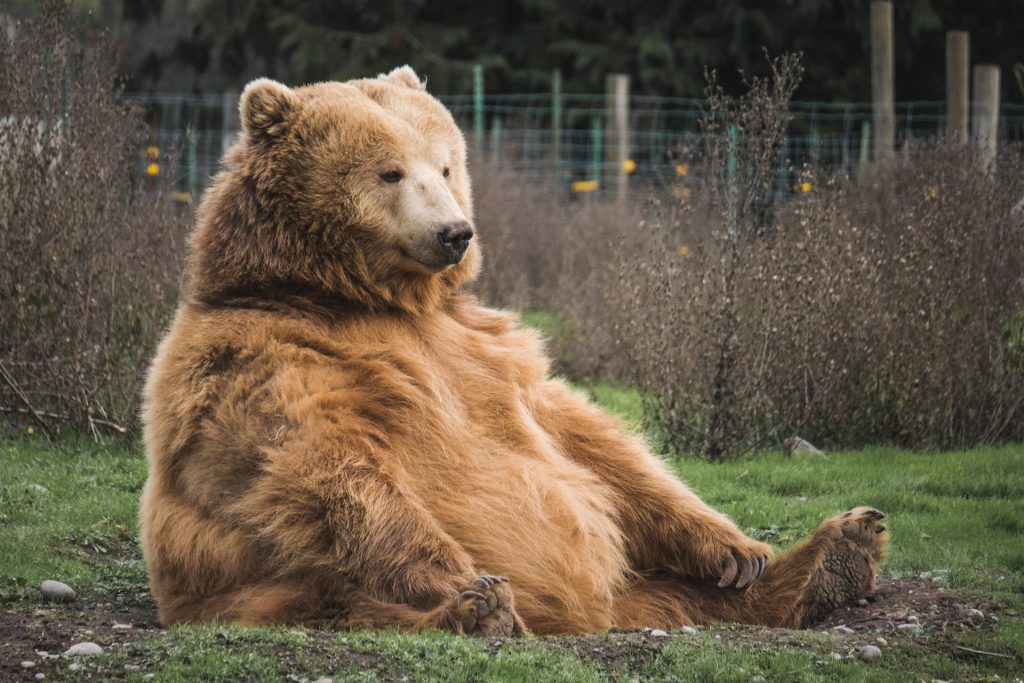
Bear
As another animal you will probably avoid in the wild, this call is important to know before heading out on a hike. This audio recording includes the call of cubs with their mother. If you hear any cub noises in the great outdoors, I suggest walking the other direction!
Attached below is an audio recording for you to hear what Bears sound like:
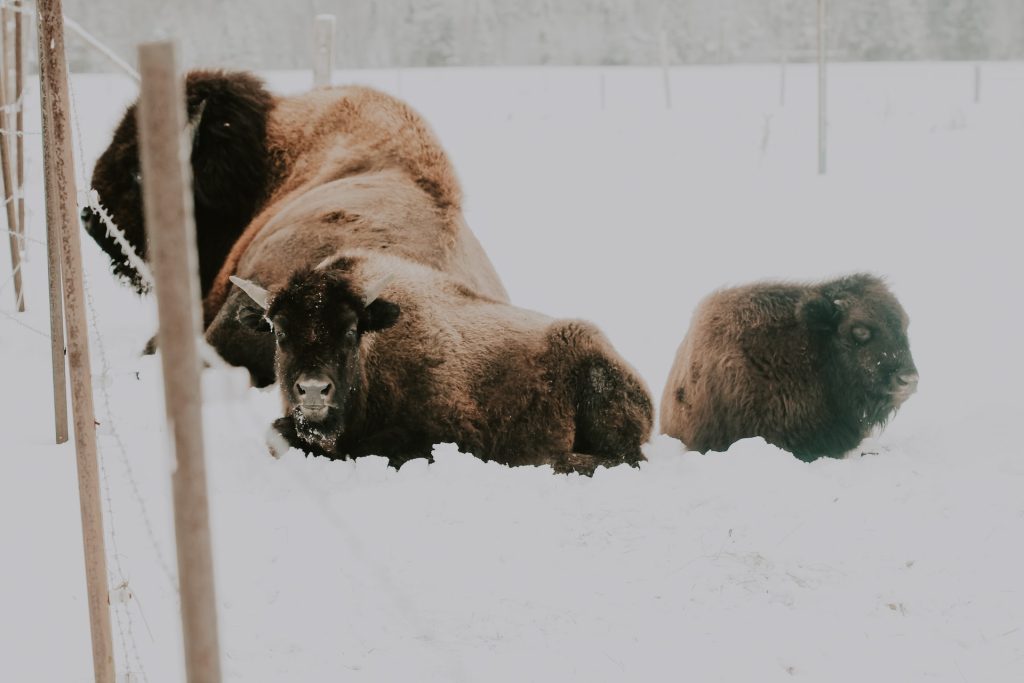
American Bison
Commonly found in the great plains of North America, the American Bison typically travel in packs of hundreds. This call is distinctively characteristic of the American Bison.
Attached below is an audio recording for you to hear what the American Bison sounds like:

Coyotes
Another common North American animal of the woods is coyotes. Sometimes known to attack domesticated dogs, you will want to watch out for this call on your hikes.
Attached below is an audio recording for you to hear what Coyotes sound like:

Crickets
You will be surprised how loud noises come out of these tiny insects. Commonly heard in the summertime, crickets are known to make annoyingly persistent calls.
Attached below is an audio recording for you to hear what Crickets sound like:

Elk
An elk call can be one of the most useful noises to learn if you are looking to see wildlife. Common in western North America, Elk commonly travel many miles between their food sources leading to a lot of sightings.
Attached below is an audio recording for you to hear what an Elk sounds like:
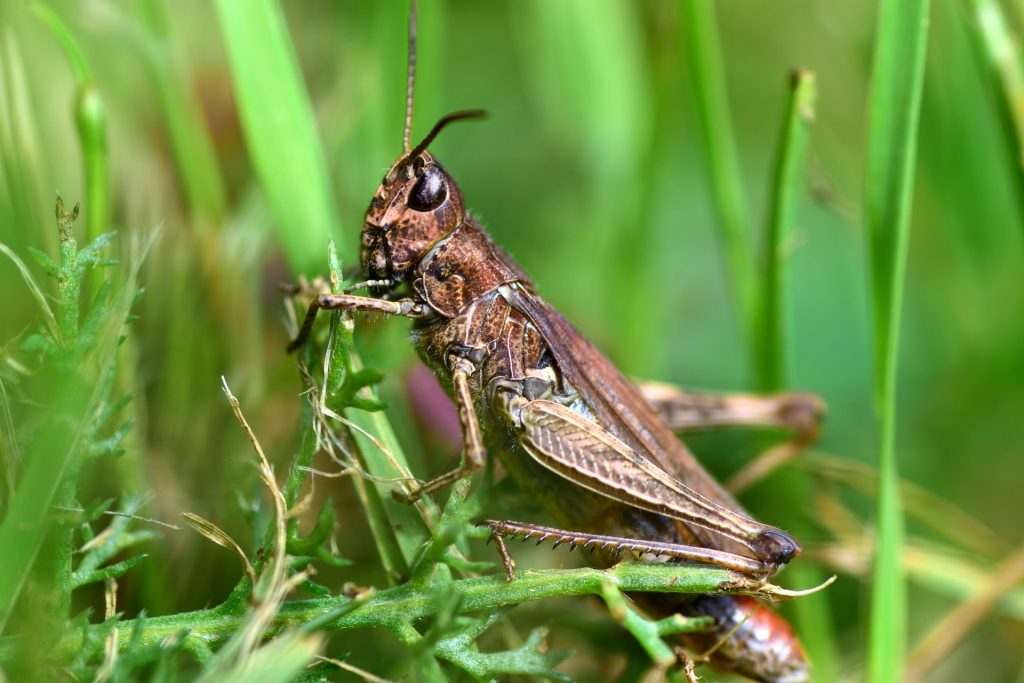
Grasshopper
The next animal on this list is another well-known pest. Commonly heard in the summer season, grasshoppers create a distinctive call that will permeate throughout the woods and grasslands.
Attached below is an audio recording for you to hear what Grasshoppers sound like:
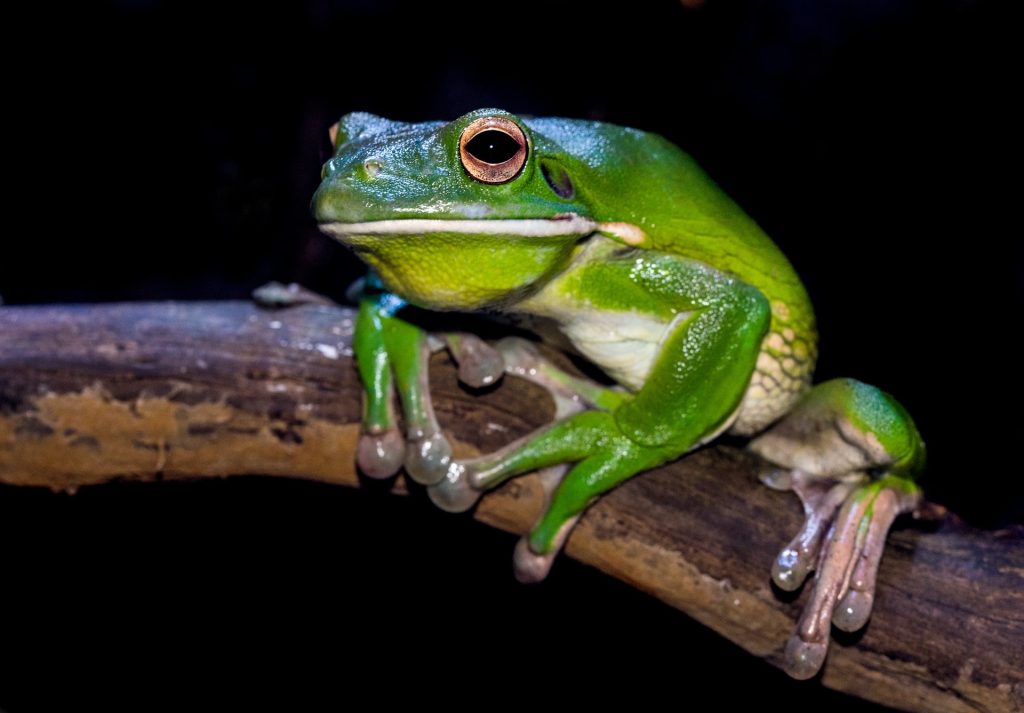
Green Tree Frog
Green tree frogs can prove to be fairly difficult to spot. Even though they boast a tiny size, these cute critters create a loud noise that will travel farther than they can imagine.
Attached below is an audio recording for you to hear what Green Tree Frogs sound like:
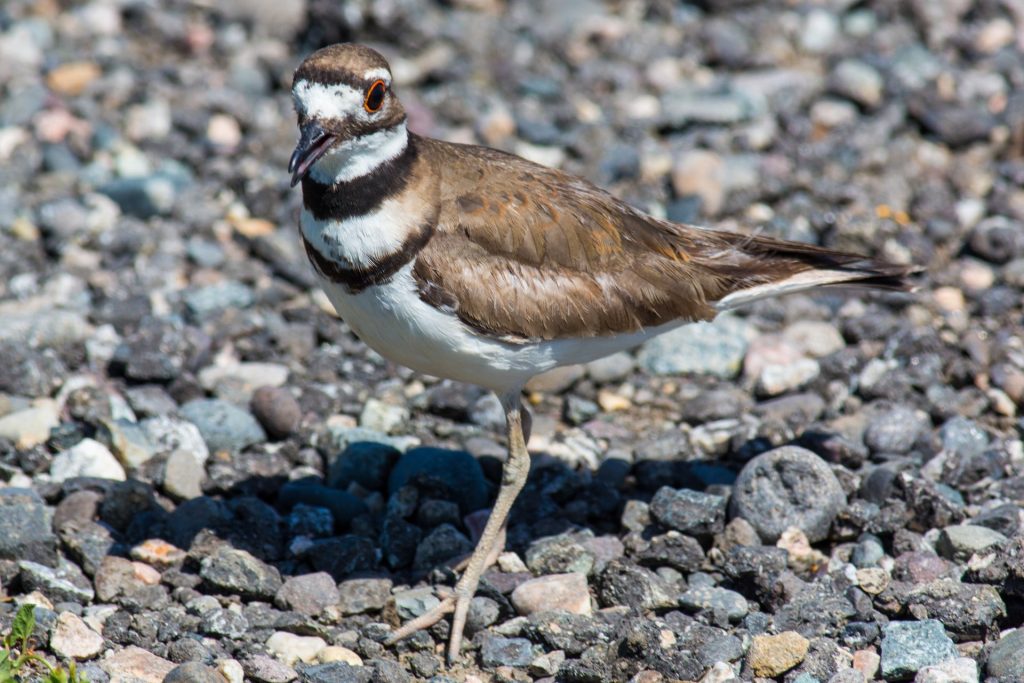
Killdeer
As the third bird on this list, you will want to listen for the Killdeer when on your adventures. The audio below will be valuable to recognize when traveling throughout the United States.
Attached below is an audio recording for you to hear what Killdeer sound like:

Killer Whale
The only animal living in the sea on this list is the killer whale. While you will not have to worry about your safety (unless you are swimming), it is still super cool to spot these massive creatures when around the coast.
Attached below is an audio recording for you to hear what Killer Whales sound like:
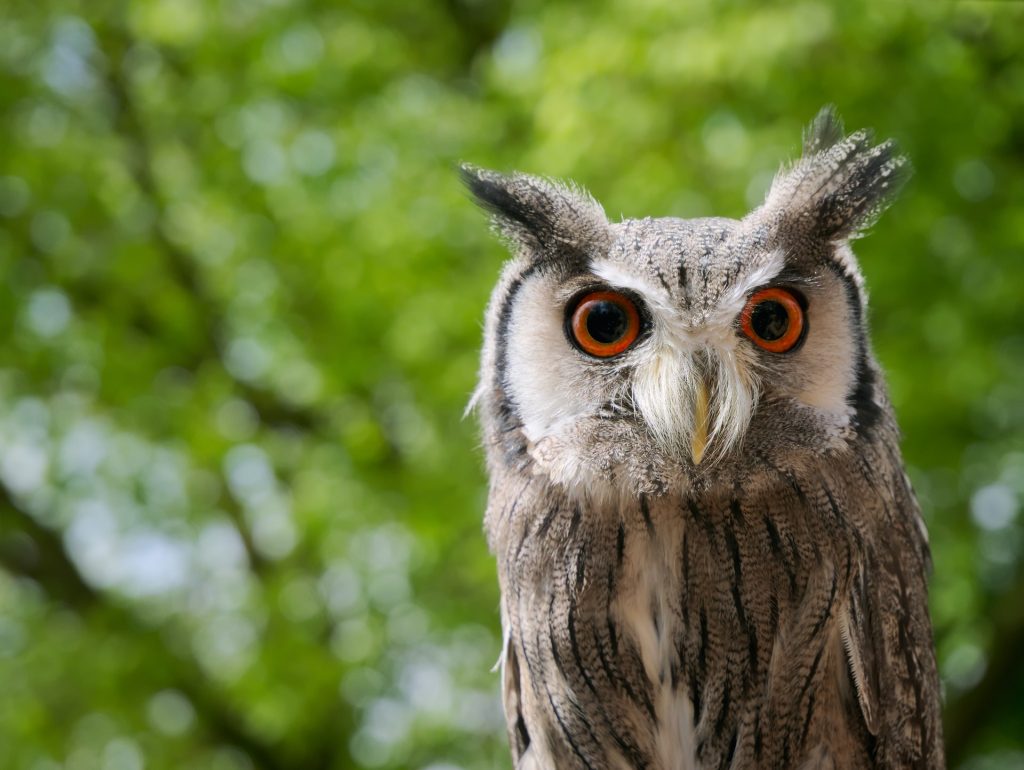
Northern Spotted Owl
Another bird that makes our list is the northern spotted owl. Owls are known for their loud hoots that permeate through the woods of North America. Make sure to memorize this call before you head into the American wilderness!
Attached below is an audio recording for you to hear what Northern Spotted Owls sound like:

Osprey
These magnificent birds are commonly found around lakes in the North American wilderness. Their calls are more like screeches, similar to the bald eagle call listed earlier.
Attached below is an audio recording for you to hear what Ospreys sound like:

Wolf
Wolves are mighty and intelligent predators found in the upper North American woods. Try to memorize this simple call as if you hear it nearby, you do not want to stay as other wolfs will be arriving soon!
Attached below is an audio recording for you to hear what Wolves sound like:
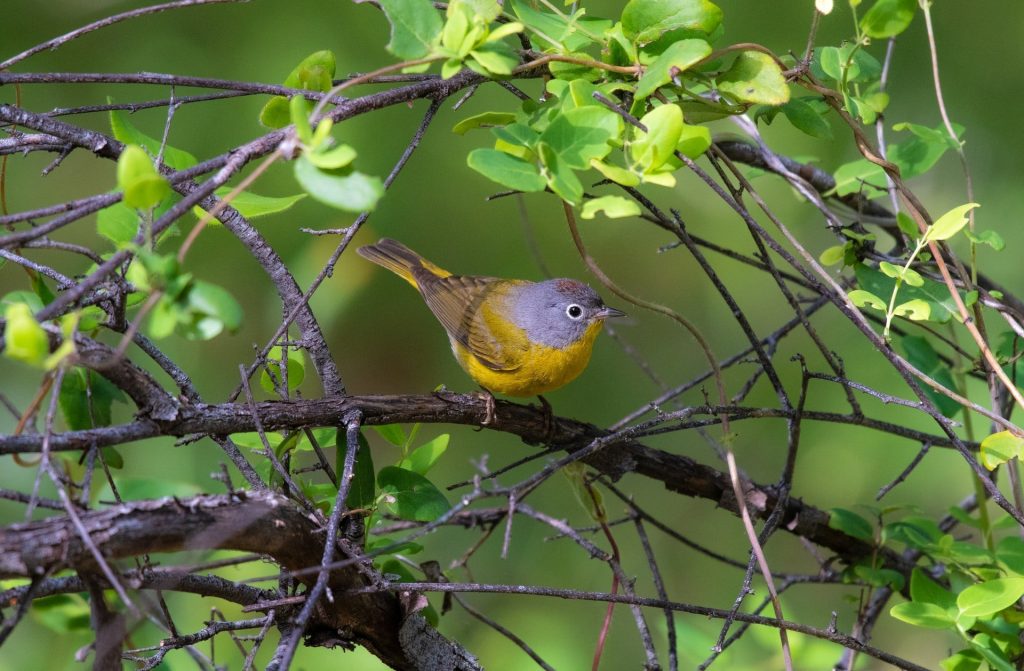
Yellow-rumped Warbler
The final animal on our top learnable animal calls list is the yellow-rumped warbler. Known for their yellow breasts, these birds make a unique call you will want to hear before you depart on your journey.
Attached below is an audio recording for you to hear what Yellow-rumped Warblers sound like:
That completes our top learnable animal calls list that you should definitely learn to identify on your next adventure. Make sure to bookmark this page to refer back to next time you are on a hike!

Leave a comment